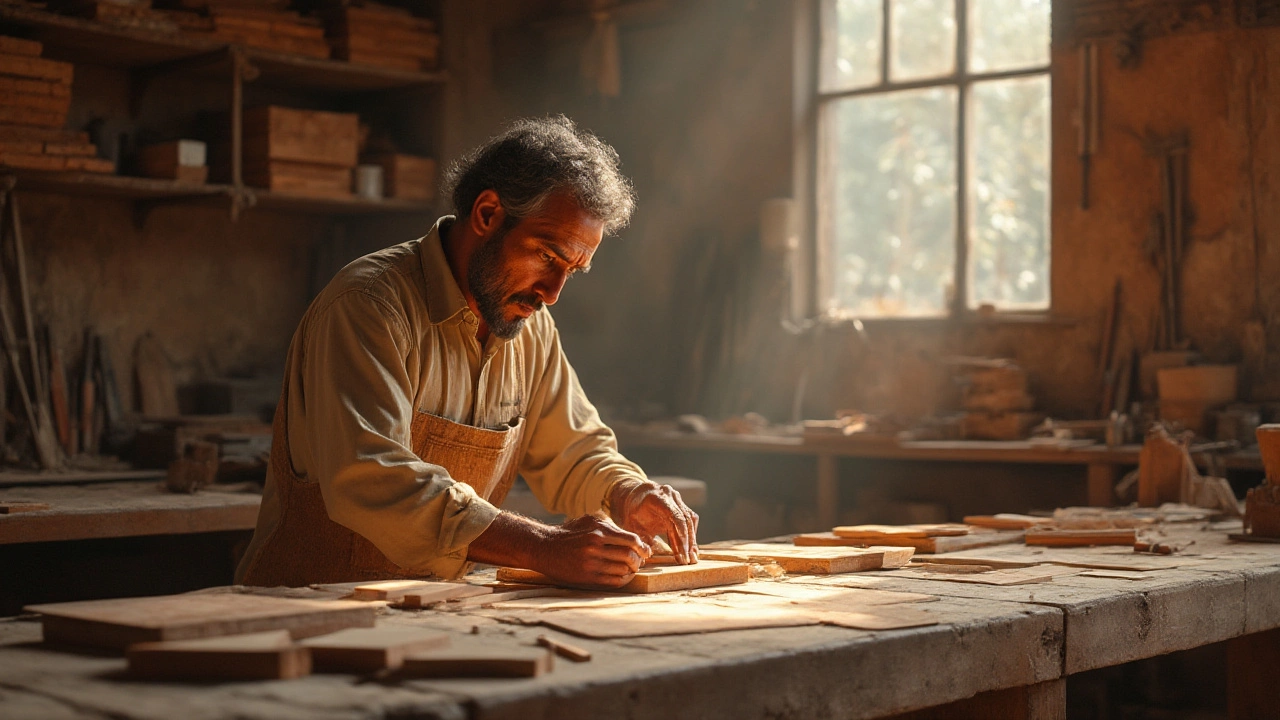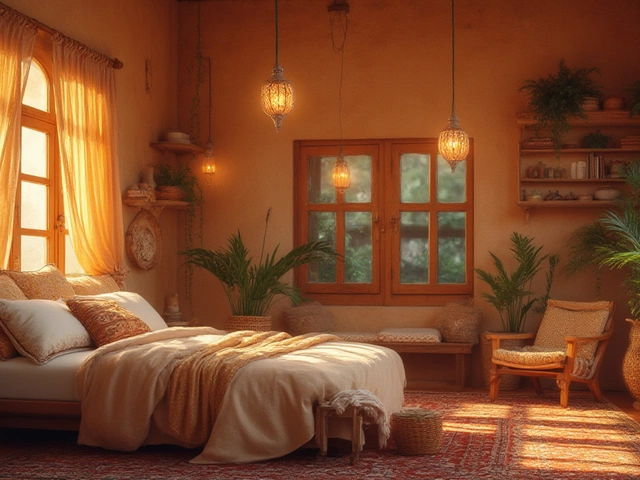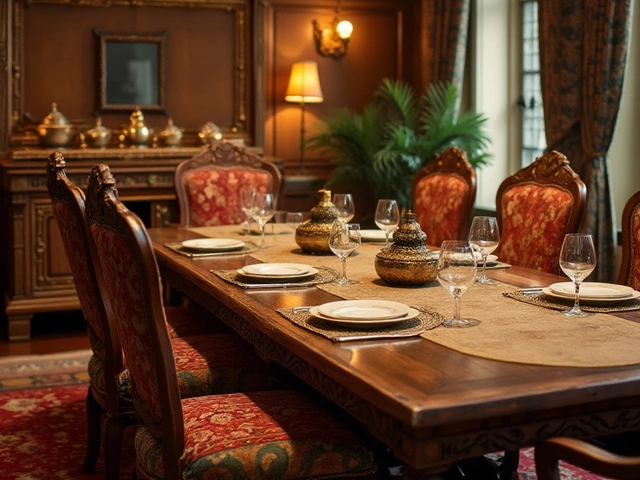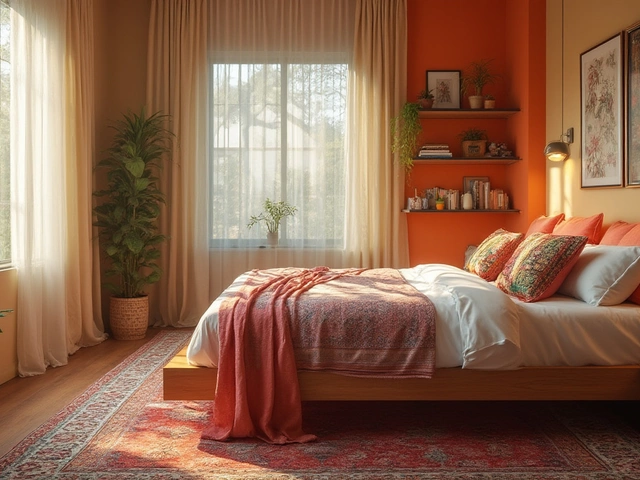Ever looked at shaker style furniture price tags and thought, “Whoa, is it made of gold?” You’re not alone. The price can be a shock if you’re expecting simple style to mean simple costs. Yet, people keep reaching for their wallets. What’s behind these numbers? Let’s break down what really makes shaker style so pricey.
The Craft Behind Shaker Style
Shaker style furniture looks fuss-free, but that simplicity takes true skill. Forget shortcuts. Each shaker piece is built to last for generations, not just a few years. Artisans use classic joinery like dovetail and mortise-and-tenon joints instead of glue or screws. If you peek inside a shaker drawer, you’ll notice the joinery looks flawless both inside and outside. These details don’t just look clean—they keep your drawers and doors from sagging or sticking years down the line.
The Shakers were serious about their work. Back in the 18th and 19th centuries, they believed good craftsmanship was a form of worship. Modern makers keep that torch burning. If you’re paying top dollar, you’re getting centuries-old techniques. It takes much longer to craft a shaker table by hand than to assemble something in a factory. A pro woodworker might spend hours just smoothing one panel, and that labor gets rolled right into the sticker price.
And it’s not just about the time. There’s a real pride in workmanship. Take this favorite quote from the Furniture Society Journal:
“The true value of shaker furniture isn’t in its design—it’s in the invisible hours of skilled labor.”Step into a workshop, you’ll smell wood shavings and see artisans with decades of experience making each piece with precision. That’s not something you get with mass-market furniture off a truck.
The kicker? It’s easy for the untrained eye to miss all this. You don’t see the invisible support rails built into a cabinet, or feel the grain carefully matched across a table’s surface. But if you’ve ever opened a shaker drawer that glides without a hitch or run your fingers along smooth, sanded edges, you know it’s not a fluke.
Why Materials Drive Up the Cost
You won’t find plastic or engineered wood in a true shaker piece. Instead, makers use solid hardwoods like maple, cherry, and oak—woods that are both beautiful and sturdy. These materials aren’t cheap. For example, a single plank of high-grade cherry can cost more than an entire budget bookshelf. Why do makers insist on using them? They last forever and take stain beautifully, which is why antique shaker furniture still looks fresh today.
Details like drawer runners often get made out of the same hard maple or poplar as the frame. There are no shortcuts here: no flimsy plywood or fiberboard hidden behind doors, even on the parts you never see. Just think about the resources it takes to produce a thick, solid wood panel. Add in the costs of responsible forestry, drying, and sorting out the best lumber, and those numbers start to add up fast.
If you really want to see how this stacks up, compare the costs in a table:
| Material | Typical Furniture | Shaker Style |
|---|---|---|
| Particle Board | Used in low-end | Rarely used |
| Plywood | Common in mid-range | Sometimes (for stability) |
| Solid Hardwood | Rare in mass-market | Standard choice |
| Hand finishing | Almost never | Always |
This stubborn commitment to quality shows up on your bill. Plus, if you want a finish matched to your kitchen, that’s more labor—more money. If sustainability matters to you, Shaker makers often select wood from certified forests, which adds yet another cost layer, but delivers high peace of mind.
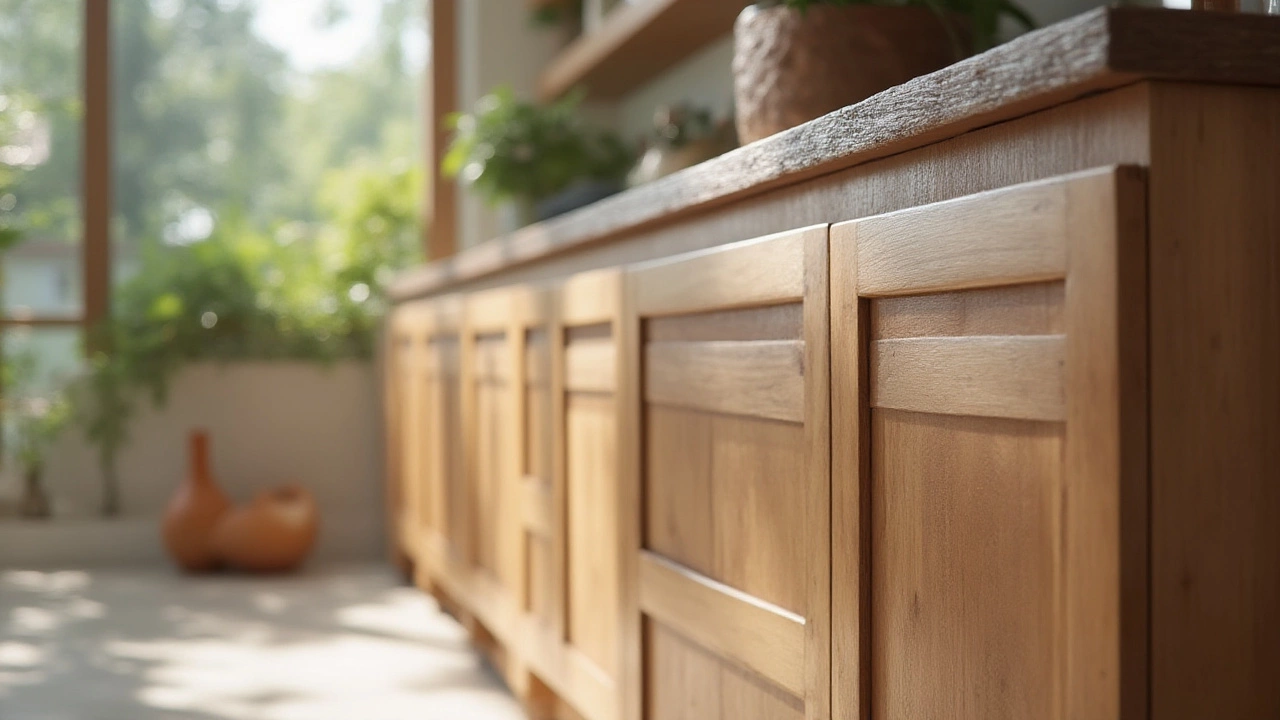
The Design Principle: Simple Doesn’t Mean Cheap
You might expect “simple” to mean “cheaper,” but in the world of furniture, it’s the opposite. Shaker designs use flat panels, subtle moldings, and squared edges—nothing fancy. The trick? There’s nowhere to hide mistakes. A flat shaker cabinet door has to be perfectly flush; there are no curves or carvings to disguise flaws. This means every step, from cutting to sanding to finishing, has to be on point.
Look in any interior design magazine from the past decade and you’ll spot shaker kitchens. It’s the Goldilocks look—not too busy, not too cold. This popularity has actually pushed up demand and prices. When everyone wants the same aesthetic, skilled makers get booked up for months. You’re not just paying for wood and time; you’re competing with neighbors, restaurants, and hotels for access to these original makers.
Pitch-perfect proportion is another part of the puzzle. The typical ratio in shaker cabinet frames and rails is carefully calculated to give that unmistakably clean look. Even small errors in proportions stick out like a sore thumb. To get consistent results, woodworkers use hand tools and custom jigs for repeatability, which adds both setup time and expertise costs. Shaker style isn’t just a look—it’s a formula.
Smart Tips for Budgeting and Buying Shaker Style
So, is there any way to snag shaker charm without draining your savings? A few tips can stretch your dollar without sacrificing the real deal.
- Go semi-custom. Lots of cabinet shops offer semi-custom shaker doors with a solid wood frame, but use veneered panels inside. You can save serious cash without losing that classic shaker vibe.
- Mix materials wisely. Think about using true shaker doors on visible areas—like upper cabinets and main drawers—while picking painted MDF for low-traffic spots or secondary storage. It blurs the line between high-end looks and practical spending.
- Buy vintage or secondhand. Head to estate sales and auctions. Real shaker antiques hold their value and often cost less than new. Just check for solid joinery and a wear-and-tear you can live with.
- Stick with neutral finishes. White and light oak hold up to trends, keeping resale value high even as styles shift.
- Bundle your order. If you’re redoing a kitchen or family room, order all your shaker pieces at once. Makers often give discounts for larger projects since it cuts down production setup time.
One last thing—don’t forget care. Shaker furniture isn’t fussy, but it pays to pamper it. Use coasters, wipe spills quickly, and steer clear of harsh cleaners. That keeps finish and joinery strong, and even makes old shaker pieces feel brand new for the next generation. Turns out, when you dig into the real reasons behind shaker prices, it’s not about hype—it’s about history, skill, and stubborn dedication to doing things the right way. If you want beauty that outlasts trends (and probably outlives you), shaking out a few extra dollars isn’t such a mystery after all.
